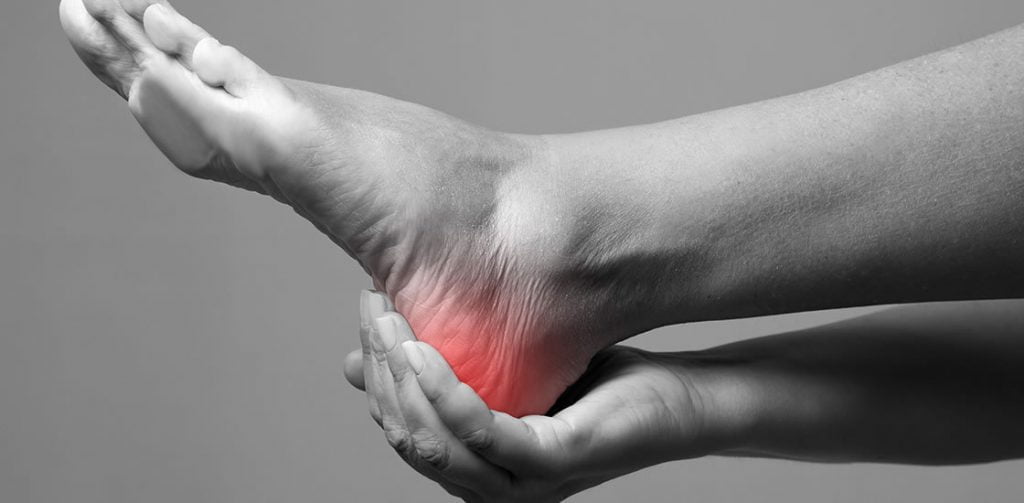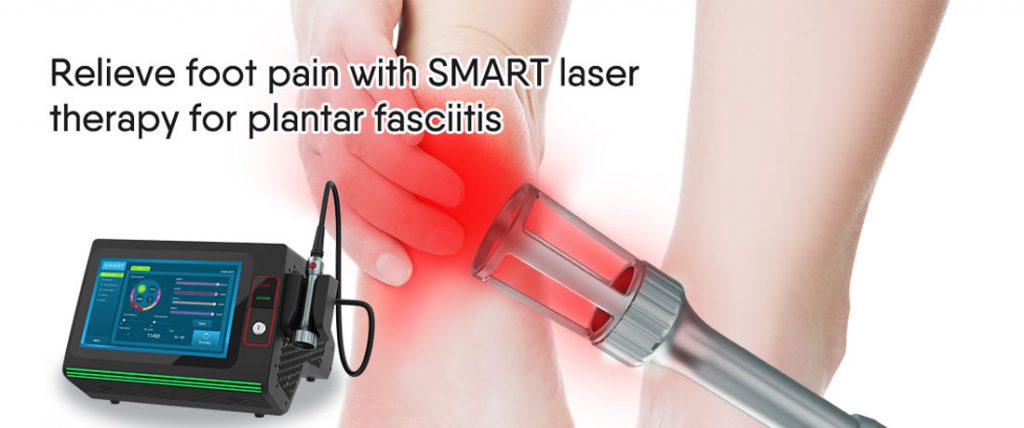Plantar fasciitis
Plantar fasciitis is a common condition that occurs when the plantar fascia, a thick band of tissue that runs along the bottom of the foot, becomes inflamed or irritated. It is often caused by repetitive strain on the foot, such as running or walking long distances, standing for extended periods of time, or wearing poorly fitting shoes.

Symptoms of plantar fasciitis include:
Pain in the heel or arch of the foot, which may be sharp or dull.
Stiffness and tenderness in the affected area.
Difficulty walking or bearing weight on the affected foot.
Pain that is worse in the morning or after prolonged sitting or standing.
Treatment options for plantar fasciitis include:
Rest: Reducing or avoiding activities that exacerbate the symptoms can help reduce inflammation and promote healing.
Ice: Applying ice packs to the affected area can help reduce pain and swelling.
Stretching exercises: Stretches that target the calf muscles and plantar fascia can help improve flexibility and reduce tension in the foot.
Footwear modifications: Wearing shoes with proper arch support and cushioning can help alleviate pressure on the plantar fascia.
Medication: Over-the-counter pain relievers like ibuprofen or naproxen can help reduce pain and inflammation.
Physical therapy: A rehabilitation program designed to improve range of motion and strength can help speed up recovery.
Class 4 LASER THERAPY: This therapy uses a high-powered laser light to penetrate deep into the tissue and stimulate cellular activity, which can help reduce pain and inflammation and promote healing.
Class 4 LASER THERAPY for plantar fasciitis:
Class 4 Laser Therapy has been studied as a potential treatment for plantar fasciitis, a common foot condition characterized by inflammation and pain in the heel. One study published in the Journal of Foot and Ankle Surgery investigated the efficacy of Class 4 Laser Therapy in treating plantar fasciitis and found that it resulted in significant improvement in pain and function compared to a control group.
It typically involves using a wavelength around 810 nm, with parameters tailored to the individual patient’s needs. The therapy is usually administered in a series of short sessions, with the frequency and duration determined by the severity of the injury.
Overall, plantar fasciitis can be a painful and debilitating condition, but with proper treatment and care, most patients are able to recover fully and regain their mobility.

[1] Ordahan, B., Karahan, A. Y., & Kaydok, E. (2018). The effect of high-intensity versus low-level laser therapy in the management of plantar fasciitis: a randomized clinical trial. Lasers in medical science, 33, 1363-1369.
[2] Basford, J. R., Malanga, G. A., Krause, D. A., & Harmsen, W. S. (1998). A randomized controlled evaluation of low-intensity laser therapy: plantar fasciitis. Archives of physical medicine and rehabilitation, 79(3), 249-254.
Medical lasers
Professional CLASS 4 high-power laser therapy machine
Home use
Portable handheld cold laser therapy device
Veterinary use
Laser therapy machine, shockwave physical therapy, widely used in animals